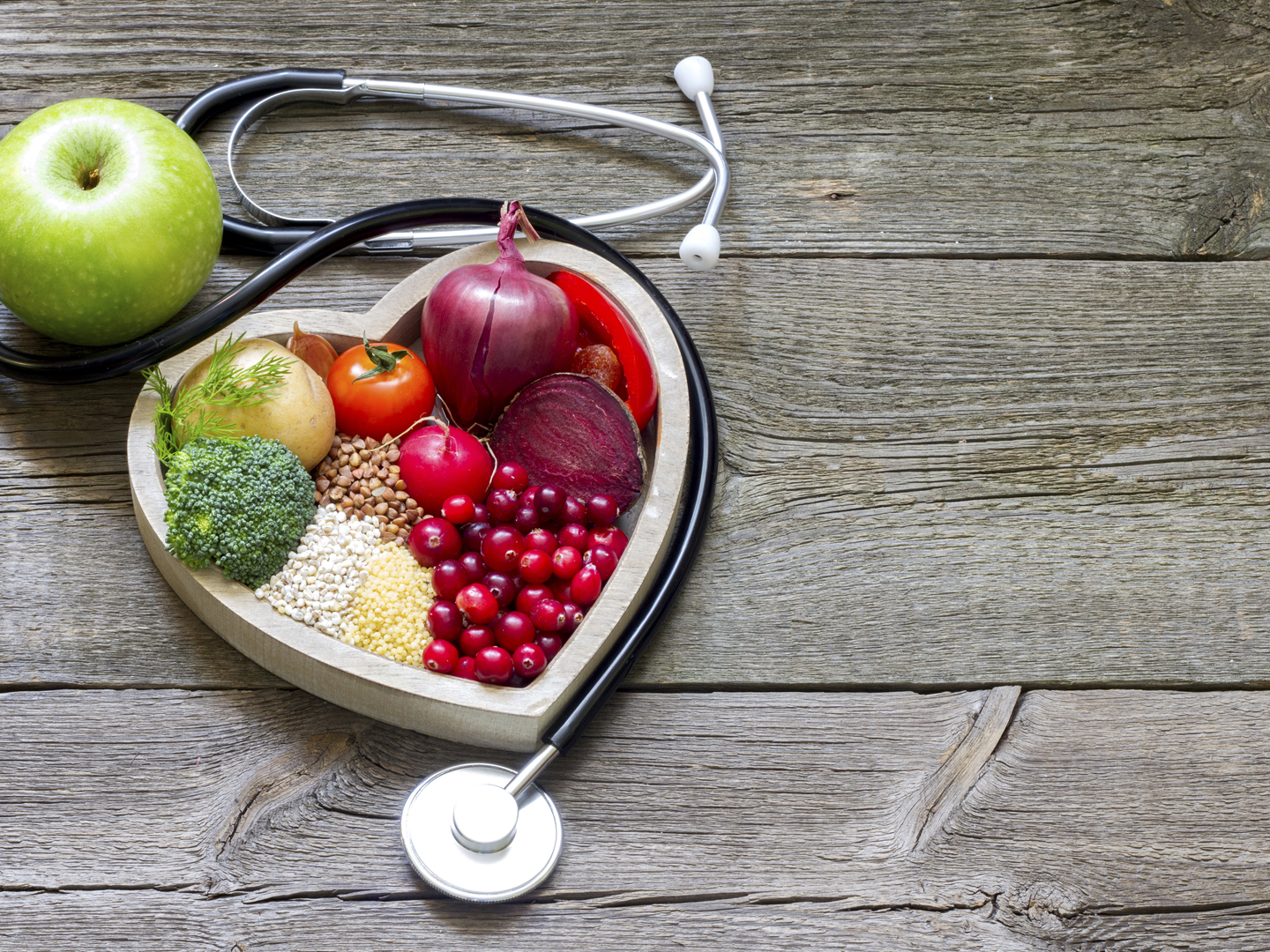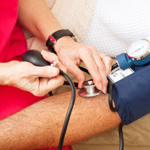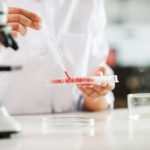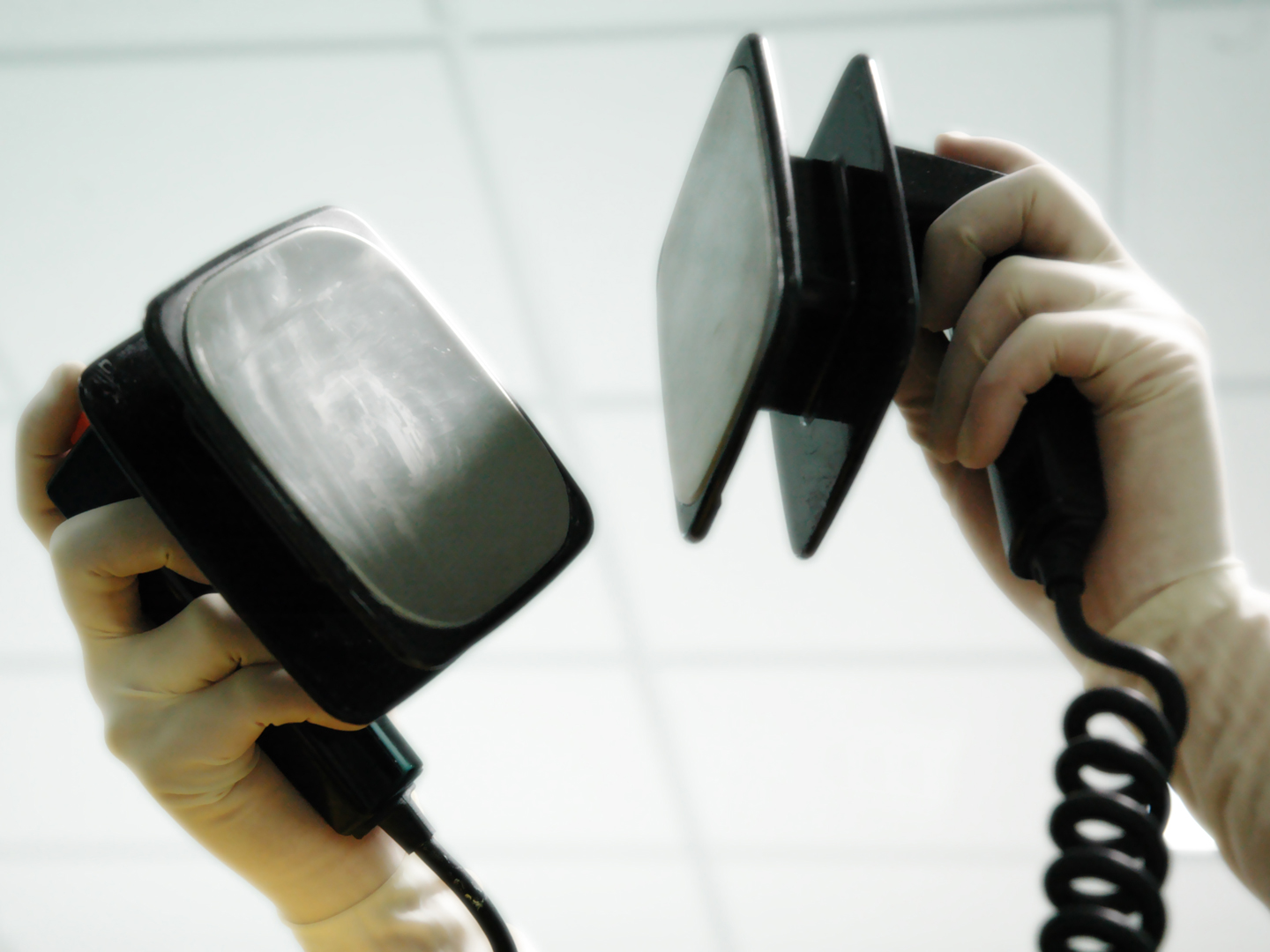How To Help Low Blood Pressure (Hypotension)
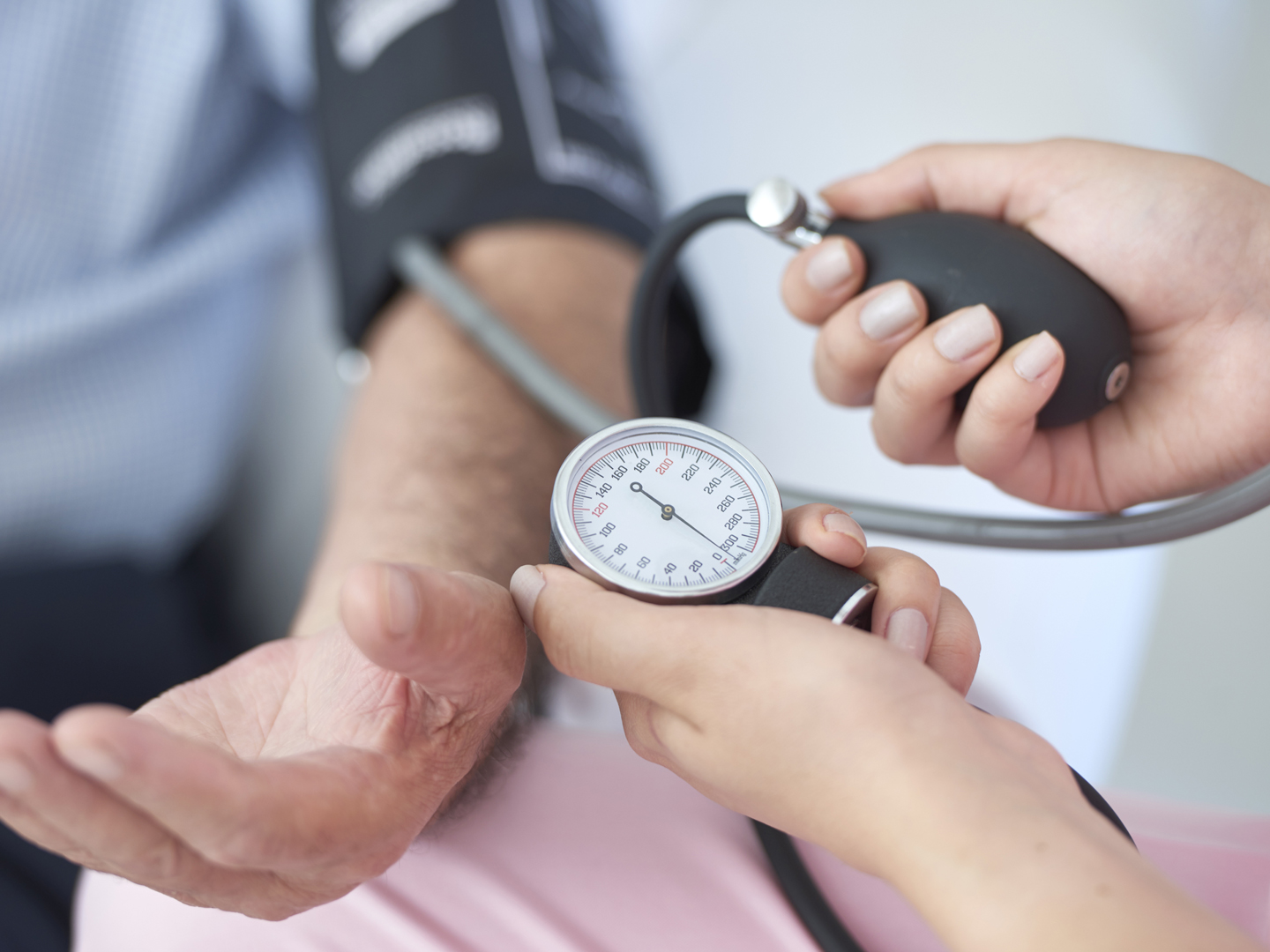
What Is Low Blood Pressure?
Generally speaking, low blood pressure (hypotension) is regarded as a sign of good health. It is most likely a reflection of genetic factors and suggests that your risk of heart disease is lower than average. Ideal blood pressure is considered anything lower than 120/80 – the top (systolic) number represents the amount of pressure the heart generates when it fully contracts, while the lower (diastolic) number refers to the amount of pressure in the arteries when the heart fully relaxes between beats. Low blood pressure is often defined as consistent readings below 90/60 – but it can also include cases where only one of the numbers is in that range or lower.
What Are Low Blood Pressure Symptoms?

If symptoms occur at all, the most common ones are dizziness and lightheadedness, or fainting. When low blood pressure stems from an underlying medical problems, symptoms may include lack of concentration; blurred vision; nausea; cold, clammy, pale skin; rapid, shallow breathing; fatigue, depression and thirst.
What Causes Low Blood Pressure?
Low blood pressure can develop during pregnancy, and as a side effect of taking certain medications, including beta blockers, tricyclic antidepressants, medications used to treat Parkinson’s disease, and alcohol. Combining other drugs with medications prescribed for high blood pressure or blood pressure medications themselves can sometimes cause abnormally low blood pressure.
In addition, thyroid problems, low blood sugar, dehydration, and, sometimes, diabetes can influence blood pressure. In rare cases, low blood pressure may suggest a serious medical problem, such as a cardiac, endocrine, or neurological disorder.
As we get older, the reflexes in our circulation that keep pressure constant get slower and blood pressure can drop suddenly when you stand up; this is called postural or orthostatic hypotension. This is a common concern, often compounded by prolonged bed rest, pregnancy, dehydration, diabetes, heart problems or the effects of certain drugs. An estimated 20 percent of adults over the age of 65 develop this problem. For older people, blood pressure may also drop immediately after eating.
What Is The Conventional Treatment?
If you’re healthy, lifelong low blood pressure that doesn’t cause symptoms requires no treatment. However, if you develop low blood pressure suddenly your physician will want to identify and treat any underlying condition that might be responsible, if one can be found. Hypotension can be dangerous, especially if a person falls because of dizziness or fainting. Shock, a severe form of hypotension that can follow trauma and blood loss, is a life-threatening condition that is often fatal if not treated immediately.
If you have acute symptoms of low blood pressure, lie down and raise your feet above the level of your heart. Symptoms that do not go away very quickly upon sitting or lying down may indicate a medical emergency requiring immediate medical attention.
What Therapies Does Dr. Weil Recommend For It?
If you experience dizziness or lightheadedness, see your physician to rule out any underlying medical problems and to check your medications. Getting the appropriate amount of salt in your diet and making sure that you drink plenty of water may help normalize your blood pressure. In addition, tonic supplements such as ginseng can help increase energy and normalize blood pressure. Whole licorice (not licorice candy) can also help raise low blood pressure.
If you are in good health and have no symptoms related to low blood pressure, consider it an advantage that will minimize your risk of the common forms of cardiovascular disease.






